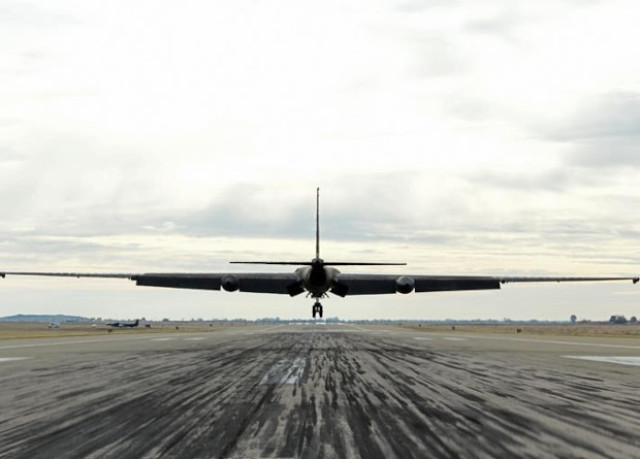On December 15, 2020, the US Air Force conducted tests of the artux neural network algorithm on the U-2 Dragon Lady strategic reconnaissance aircraft. According to Flightglobal, in flight, the algorithm controlled the radar station of the radar and was responsible for detecting missile launchers.
During a reconnaissance flight, the pilot is responsible for pre-processing information from the U-2's reconnaissance systems. At the same time, it must perform many more tasks, including monitoring the surrounding airspace and choosing a flight route.
It is assumed that the widespread use of artificial intelligence systems in military equipment will significantly reduce the burden on pilots by automating the solution of some tasks.
During the tests of the artux neural network algorithm, artificial intelligence was responsible for choosing the flight route and detecting missile launchers. The pilot followed the route chosen by the algorithm, and was also responsible for controlling the airspace around the aircraft.
According to the Federal U-2 Laboratory at the US Air Force Combat Command, whose specialists developed artux, the algorithm was trained to search for missile launchers using more than half a million computer simulations.
Other details about the neural network algorithm or the tests that took place are not specified.
In 2017, the University of Missouri's Geospatial-Intelligence Center introduced an algorithm capable of finding Chinese anti-aircraft missile systems on satellite or aerial images. According to scientists, the use of their algorithm will allow you to process intelligence surveys 80 times faster than people.
The researchers used several convolutional neural networks for training: CaffeNet, GoogLeNet, ResNet-50 and ResNet-101. Neural networks were trained using photographs of well-known Chinese anti-aircraft installations and images of typical and atypical locations.
Vasily Sychev

